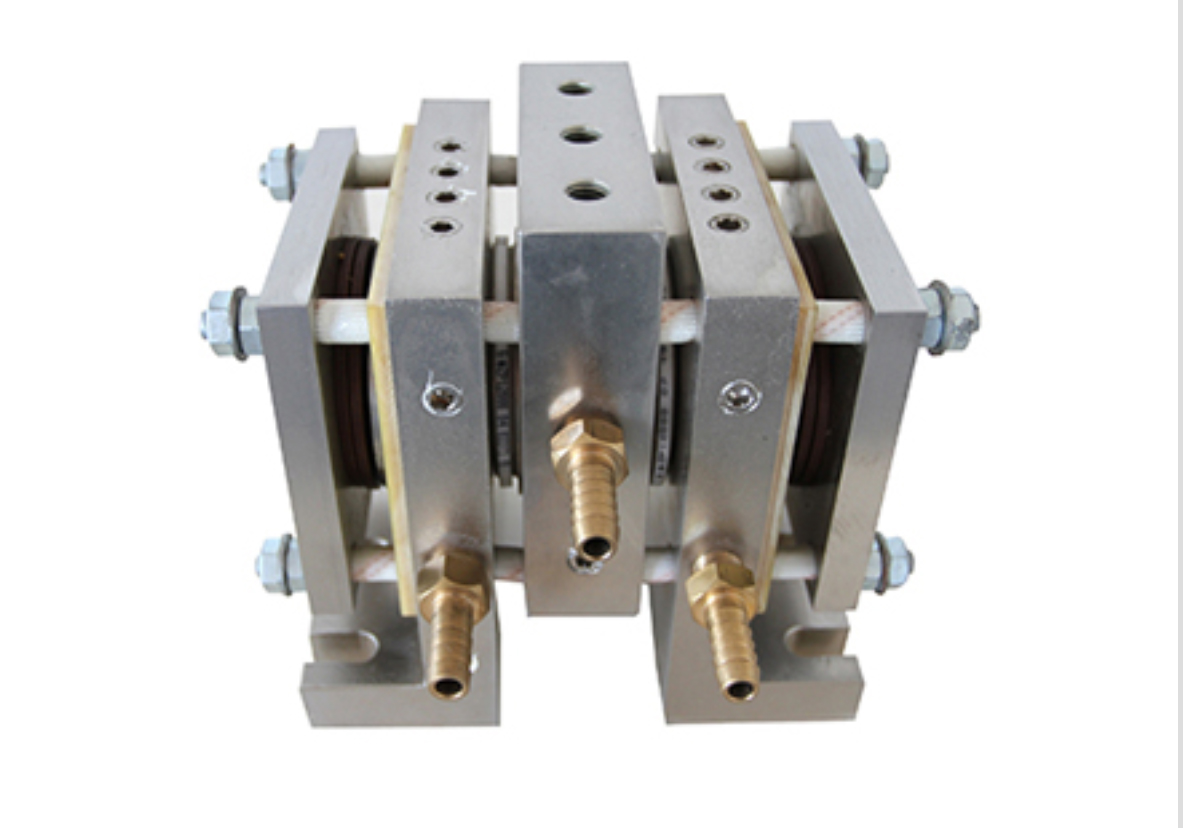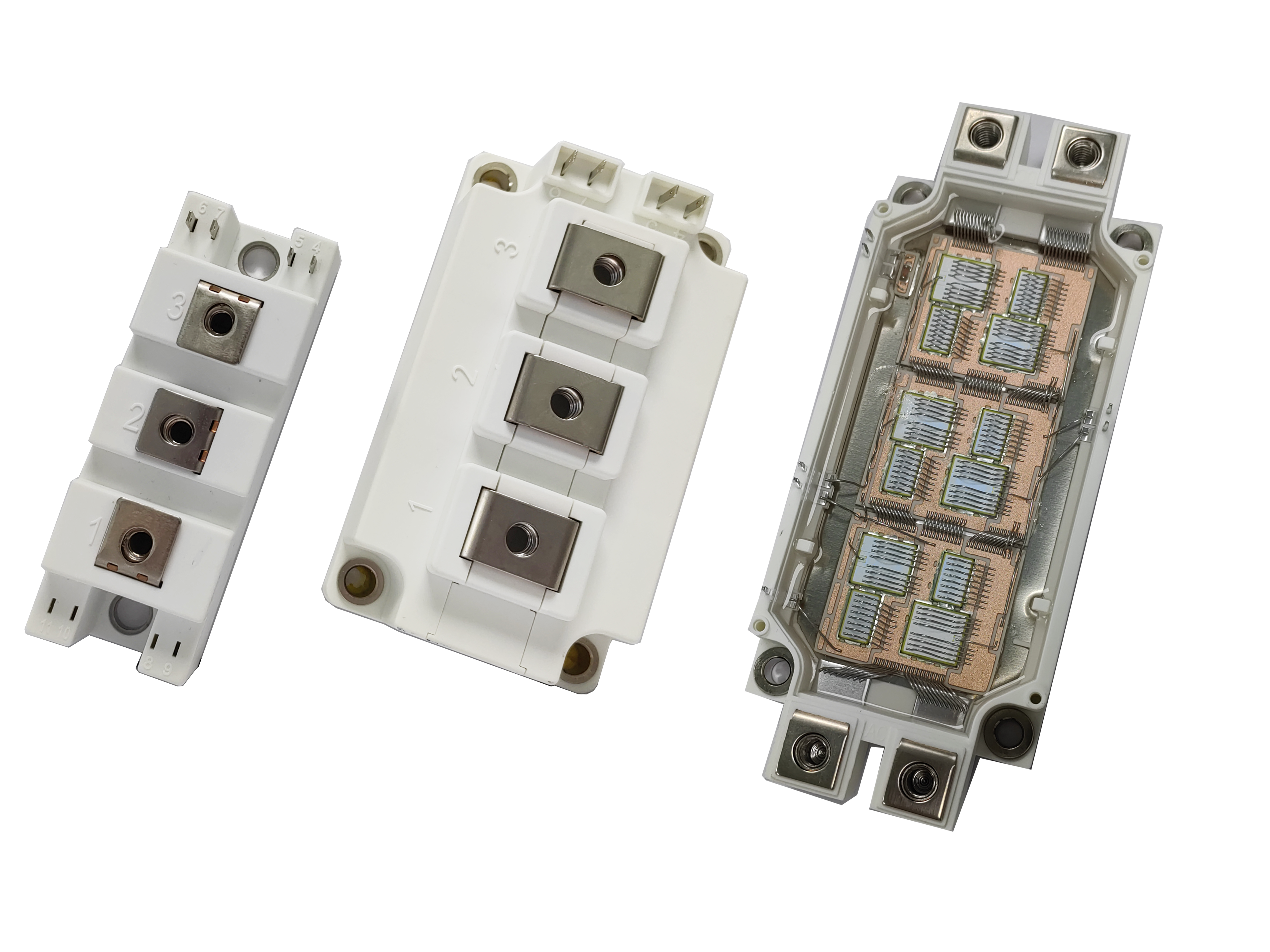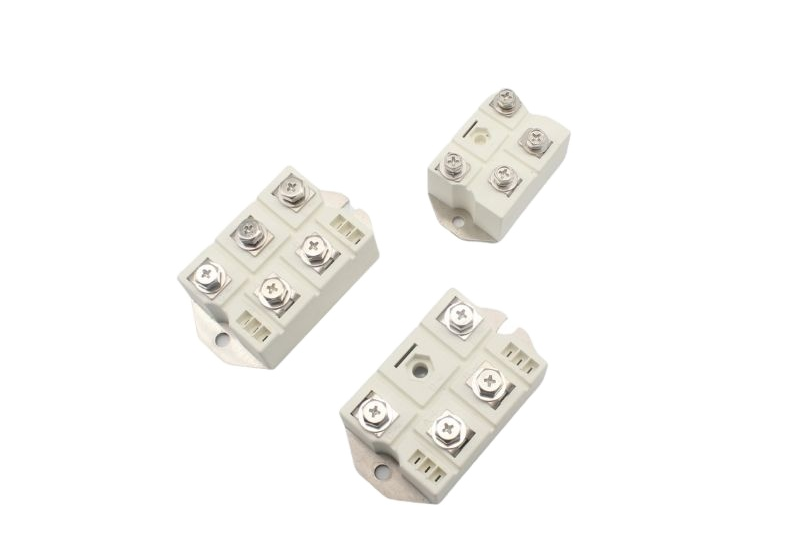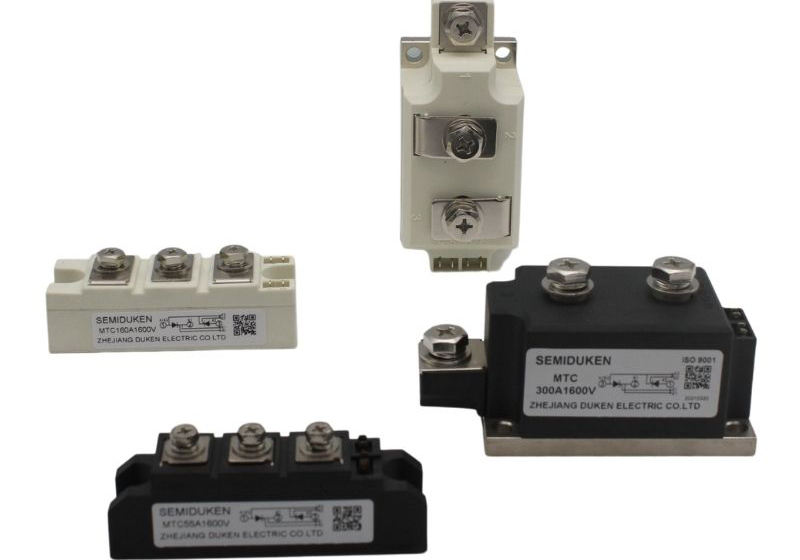What Does A Rectifier Do In Welding
What Does a Rectifier Do in Welding?
A rectifier in a welding machine is essentially a device that converts alternating current (AC) into direct current (DC). This conversion is vital because while AC can be used for certain types of welding, DC is generally preferred for its consistency and the ability to control the arc more precisely. The rectifier achieves this by filtering out the fluctuating nature of AC, producing a smoother, more stable current that is better suited for the welding process.
In a welding context, the rectifier plays a pivotal role in:
Current Stability: By converting AC to DC, the rectifier ensures that the welding current remains steady, which is crucial for maintaining a consistent weld bead appearance and minimizing defects.
Arc Control: Stable DC output allows for better control over the welding arc, making it easier to manage the heat input and achieve the desired penetration and fusion between metals.
Efficiency: Rectifiers can be designed to optimize energy use, reducing wastage and potentially lowering operational costs.
Duken: Rectifier Output Device of Welding Machines
Duken welding machines incorporate advanced rectifier technology to enhance the welding experience. The brand's rectifier output devices are engineered to deliver precise current control, enabling welders to achieve high-quality results across a range of applications. Whether you're working on thin-gauge materials requiring finesse or thick sections demanding intense heat, Duken's rectifiers provide the flexibility and power necessary for the job.
One of the standout features of Duken's rectifier systems is their adaptability. Users can adjust the output settings to suit specific welding parameters, such as electrode size, material thickness, and welding technique. This level of customization empowers welders to fine-tune their process, resulting in improved efficiency and reduced scrap rates.
Moreover, Duken places a strong emphasis on durability and longevity. The rectifiers are built to withstand the rigors of industrial use, featuring robust designs and high-quality components that ensure reliability even under demanding conditions. Regular maintenance and occasional servicing can further extend the lifespan of these devices, making them a worthwhile investment for any workshop or fabrication facility.
In summary, the role of a rectifier in welding cannot be overstated. It serves as the backbone of the electrical system, providing the stable current needed for consistent, high-quality welds. Duken, through its commitment to excellence, has developed rectifier output devices that set new benchmarks in performance and reliability. Whether you're a seasoned professional or a hobbyist looking to elevate your skills, Duken welding machines equipped with cutting-edge rectifier technology offer a powerful tool for achieving exceptional welding outcomes.







